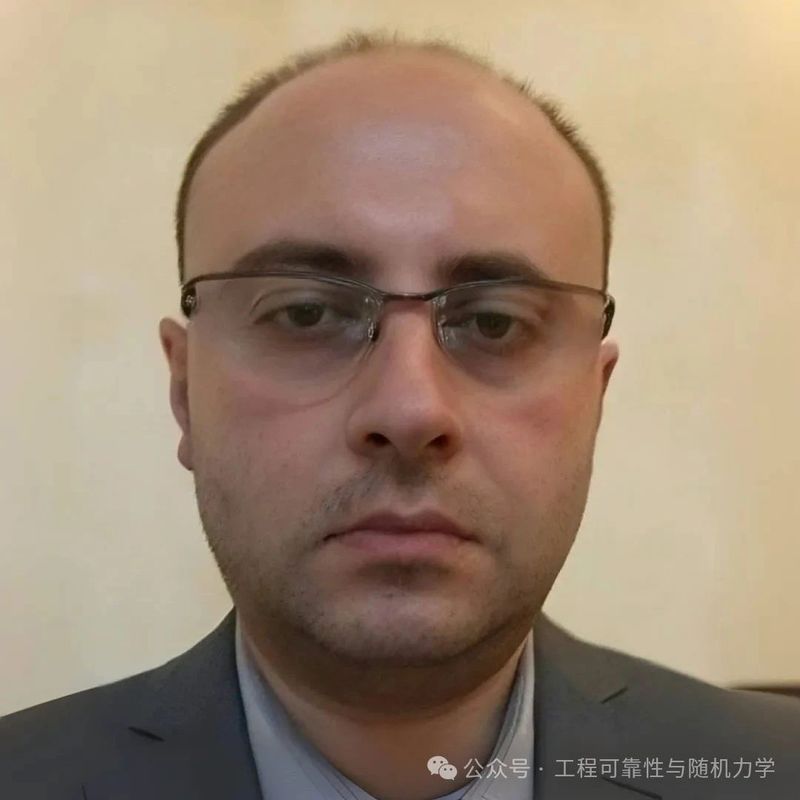工程可靠性与随机力学国际联合研究中心
2025年第8期(总第100期)学术报告
工程力学研究中心第54期学术报告
土木工程学院院级高等讲堂
报告主题
TOPIC
抗震防护的滞回调谐质量阻尼器:概念、实验与随机优化
Hysteretic Tuned Mass Damper for Seismic Protection: Concept, Experiments, and Stochastic Optimization
报告人
SPEAKER
Prof. Giuseppe Quaranta
Associate Professor, Department of Structural and Geotechnical Engineering, Sapienza University of Rome, Rome - Italy
报告时间
TIME
2025年7月22日(周二)上午10:00-11:00
报告地点
VENUE
同济大学土木大楼 A305
主持人
CHAIR
彭勇波教授、陈建兵教授
联系人:律梦泽博士
报告摘要
Abstract
This talk covers experimental and numerical investigations about a novel nonlinear tuned mass damper (TMD) for seismic retrofitting of buildings. The TMD consists of steel wire ropes that, on one end, are fixed to an oscillating mass, on the other end, they are connected to the main structure by means of a special clamping system based on a double sliding mechanism. The device is equipped with bumpers that provide an additional source of energy dissipation.
The first part of the talk focuses on experimental dynamic tests exploring the peculiar pinched hysteretic behavior of the TMD. Moreover, shaking table tests on a laboratory-scale building prototype equipped with the proposed device on the top floor are discussed. The comparison between experimental results from shaking table tests and those obtained from numerical simulations is reported to demonstrate the robustness of the proposed nonlinear TMD and the accuracy of the numerical model driving its optimization. A critical analysis is also presented taking into account experimental results available in the literature based on shaking table tests conducted on other vibration absorbers.
In the second part of the talk, the optimum design of this nonlinear TMD is addressed. A stochastic-based methodology is illustrated, which is tailored to determine the best design parameters for seismic protection of buildings. Within this framework, the seismic ground motion is modeled as a filtered nonstationary random process whereas the inherent pinched hysteretic behavior of the device is dealt with via the stochastic linearization technique. The optimum design is formulated as box-constrained, single-objective optimization problem. Unlike most literature studies addressing the optimum design of vibration absorbers via fully numerical methods, the search for the optimal parameters of the TMD is here performed by means of an iterative gradient-based numerical technique in which the derivatives for the covariance matrix of the system response are determined analytically. The performance of the TMD optimized according to the proposed methodology is finally assessed in the context of a practical case study which makes use of synthetic and natural seismic ground motion records.
报告人简介
Speaker Bio

Giuseppe Quaranta is an Associate Professor of Structural Engineering in the Department of Structural and Geotechnical Engineering at Sapienza University of Rome, Italy. Since 2020, he has also held the National Habilitation for Full Professor in Structural Engineering. He earned his M.Sc. in Civil Engineering from the Technical University of Bari, Italy, in 2006, and his Ph.D. in Structural Engineering from Sapienza University of Rome in 2011. Prior to joining Sapienza University of Rome, he was a Postdoctoral Scholar at the University of California, Davis, USA.
Giuseppe Quaranta’s research focuses on structural monitoring and control – encompassing the design of sensing systems, development of dynamic identification and diagnostic techniques, and the application of passive vibration control devices – as well as on structural concrete, including reinforced concrete and composite steel-concrete structures. His research activities draw on a combination of experimental testing, analytical methods, and computational approaches, including advanced machine learning techniques. Moreover, his current research is supported by two national projects (PRIN 2022 – “Artificial Intelligence for Sustainable Seismic Risk Reduction of Structures” and PRIN 2022 PNRR – “Artificial Intelligence for Environmental Impact Minimization of Seismic Retrofitting of Structures), and one European project (ERIES – “Ice quantification based on remote sensing”). Within his areas of research, Giuseppe Quaranta has authored or co-authored over 70 articles published in international peer-reviewed scientific journals.
同济大学 上海市杨浦区四平路1239号
邮编200092
电话:+ 86-21-65981505
